The Origins of the Pride Flag
In 1978, San Franciscan LGBTQAI+ artist, Gilbert Baker, designed the iconic Rainbow Flag. The Rainbow Flag design has achieved worldwide recognition as a symbol of the LGBTQAI+ community and in its association with Pride. Baker was inspired by "the vertical red, white, and blue tricolor from the French Revolution and how both flags owed their beginnings to a riot, a rebellion, or revolution. I thought a gay nation should have a flag too, to proclaim its own idea of power." Reflecting on his design, Baker said:
"I thought that we needed that kind of symbol, that we needed as a people something that everyone instantly understands. [The Rainbow Flag] doesn't say the word 'Gay,' and it doesn't say 'the United States' on the American flag but everyone knows visually what they mean. And that influence really came to me when I decided that we should have a flag, that a flag fit us as a symbol, that we are a people, a tribe if you will."
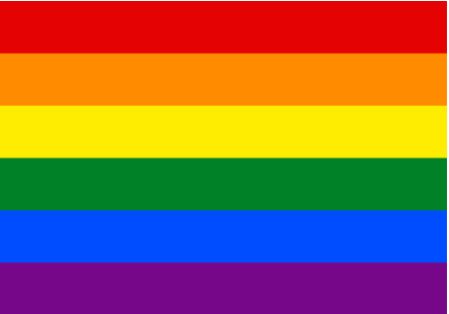
Figure 1. Baker's Rainbow Flag
Immediately after its creation, third parties filed applications to register the rainbow flag as a trademark for various goods and services with the United States Patent and Trademark Office. Baker "created the flag for everyone and wanted it to remain free for public use." Baker sought the advice of Matt Coles, an attorney practicing in San Francisco's Castro district, to help him protect his rights in his design in a way that would support his goal for the flag. Together, Baker and Coles succeeded in blocking an advocacy organization from registering the rainbow flag as a trademark, preserving Baker's intent to keep the rainbow flag free for public use. (Though Baker alternatively could have elected to register the flag as a trademark and to subject that right, or some other right, like a copyright, to a license on his terms.)
Additions to the Pride Flag
The rainbow flag design has absorbed numerous modifications as society increasingly recognizes marginalized sexualities and the intersectionalities between LGBTQAI+ and other minoritized groups. Beginning in 2017, Philadelphia's Office of LGBT Affairs introduced black-and-brown stripes to the flag in recognition of queer and trans people of color.
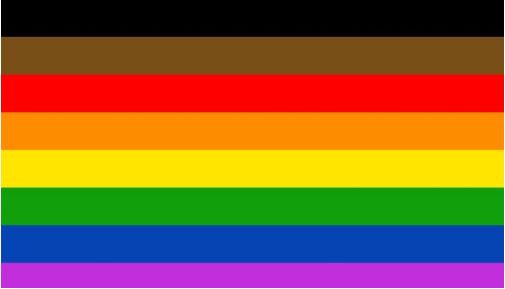
Figure 2. Philadelphia Pride Flag, graphic courtesy of Tierney designing company
The next year, non-binary artist and graphic designer, Daniel Quasar, added the light pink and blue stripes of the trans flag with the black-and-brown stripes from the Philadelphia Pride Flag as a chevron to the rainbow flag, creating the Progress Pride Flag. The Progress Pride flag is meant to represent diversity and inclusion within the LGBTQAI+ community.
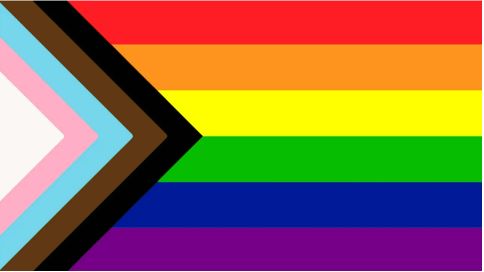
Figure 3. Progress Pride Flag, graphic courtesy of Daniel Quasar/Facebook
In 2022, Intersex Equality Rights UK, working with artist Valentino Vecchietti, added its icon to the flag, incorporating a yellow chevron with an inscribed purple circle to represent the intersex community.
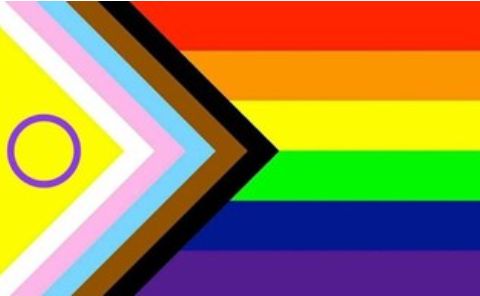
Figure 4. Instagram/intersex.equality.rights.uk
Brands Incorporating Elements of the Flag Into Designs
Each June, thousands of companies launch limited collections of rainbow-colored merchandise, devote substantial resources to support LGBTQAI+ initiatives, and prominently display recolored or reworked corporate trademarks featuring rainbow and other LGBTQAI+ motifs on social media and other public-facing platforms. Several companies have submitted new trademark applications, seeking protection for their modified logos, relying on the assistance of counsel to navigate the unique issues presented by Baker's enforcement and other registrations.
For example, Under Armour, Bethesda Softworks, Unilever, and Finnegan modified their respective logos as shown below:
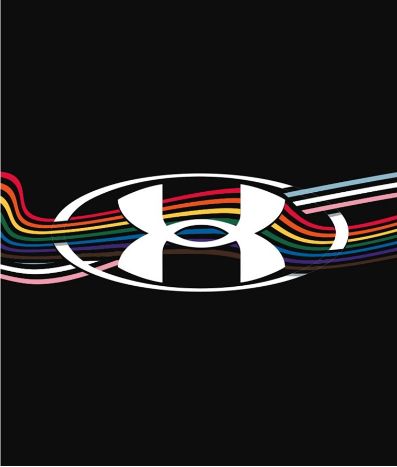
Figure 4. Under Armour's "Rainbow Road" Pride Logo, 2022
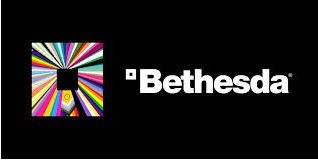
Figure 5. Bethesda Softworks's Pride art incorporating the flags of over 35 LGBTQIA+ communities, 2022
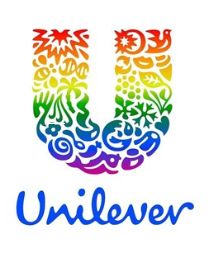
Figure 6. Unilever's 2022 Pride logo
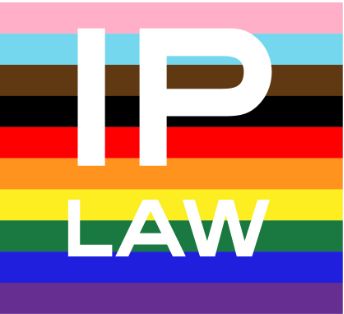
Figure 7. Finnegan's Pride logo
As the Pride flag continues to be adapted to reflect new understandings and societal changes, corporations will likely want to adopt the updated designs to signal support for LGBTQAI+ rights, including by incorporating the new designs in logos and marketing materials.
Finnegan will be there every step of the way to help clients promote and protect these important initiatives.
SOURCES
- https://www.aclu.org/blog/lgbtq-rights/meet-man-who-kept-rainbow-flag-free
- https://corsearch.com/knowledge-base/article/protecting-pride-brief-look-history-rainbow-flag
- https://www.glbthistory.org/rainbow-flag
- https://gilbertbaker.com/rainbow-flag-origin-story/
- https://www.phillymag.com/news/2017/06/08/philly-pride-flag-black-brown/
- https://www.them.us/story/ipride-flag-redesign-black-brown-trans-pride-stripes
- https://www.advocate.com/pride/2021/6/08/pride-flag-gets-redesign-include-intersex-folks
- Progress Pride flag meaning explored: what do the colours mean? (thefocus.news)
The content of this article is intended to provide a general guide to the subject matter. Specialist advice should be sought about your specific circumstances.


